Mastering the Art of Growing Fuchsias: Expert Tips for Stunning Blooms
Learn the secrets to growing and caring for beautiful fuchsias with these expert tips. Discover the best varieties, ideal growing conditions and essential care techniques, including watering, fertilizing, pruning and overwintering. Whether you’re a beginner or an experienced gardener, this comprehensive guide will help you cultivate healthy, vibrant fuchsias that will be the envy of your neighborhood.
Fuchsias are among the most enchanting and versatile flowering plants, captivating gardeners with their delicate, pendulous blooms in a mesmerizing array of colors. Whether you’re looking to add a splash of elegance to your hanging baskets, create a stunning focal point in your garden or adorn your patio with potted fuchsias, these beautiful plants are sure to impress. In this comprehensive guide, we’ll share expert tips and techniques to help you successfully grow and care for fuchsias, ensuring a season filled with breathtaking blooms.
Here’s an easy chart for Fuchsias (Fuchsia spp.):
| Aspect | Information |
|---|---|
| Botanical Name | Fuchsia spp. |
| Common Name | Fuchsias |
| Plant Type | Perennial (often grown as an annual in colder climates) |
| Zones | 6-11 (varies by species and cultivar) |
| Sun Exposure | Partial shade to full shade |
| Soil Type | Well-drained, fertile, and moist |
| Bloom Time | Spring to fall |
| Flower Color | Shades of pink, red, purple, white, and bicolor |
| Height/Spread | 1-6 feet tall, 1-3 feet wide |
| Special Features | Attracts hummingbirds, trailing habit |
Choosing the Right Fuchsia Varieties
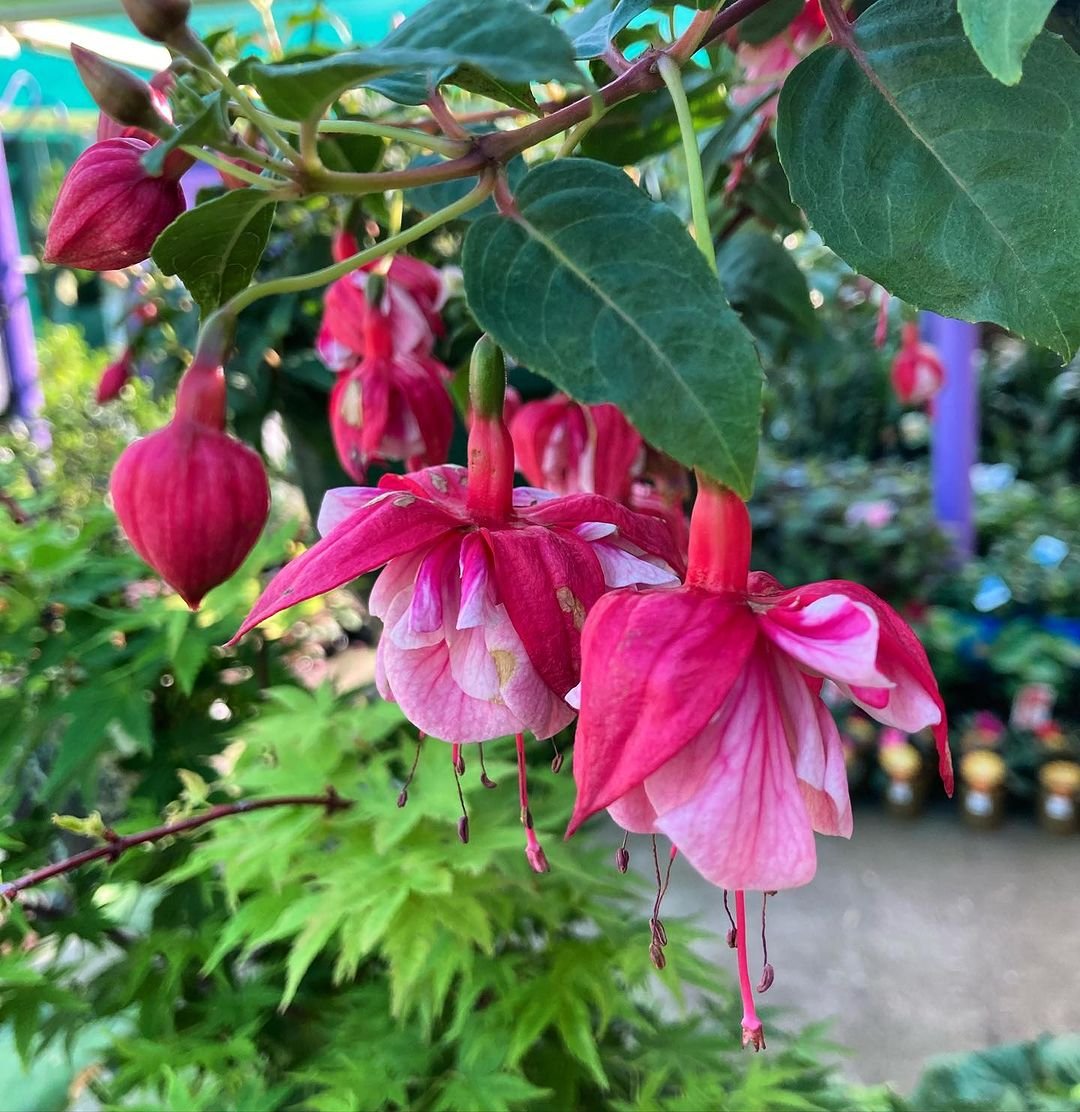
With countless fuchsia varieties available, it’s essential to select those that suit your growing conditions and personal preferences. Here are some popular options to consider:
Trailing Fuchsias
Perfect for hanging baskets and containers, trailing fuchsias produce cascading stems adorned with abundant blooms.
Upright Fuchsias
These bushy varieties are ideal for borders, beds, and patio containers, offering a more compact and upright growth habit.
Hardy Fuchsias
Some fuchsia varieties, such as ‘Magellanica’ and ‘Riccartonii’, are more cold-tolerant and can be grown as perennials in milder climates.
Exotic Fuchsias
For a truly unique look, try growing species fuchsias like F. boliviana or F. procumbens, which feature unusual flower shapes and colors.
Providing the Ideal Growing Conditions
To ensure your fuchsias thrive, it’s crucial to provide them with the right growing environment:
Light
Fuchsias prefer bright, indirect light or partial shade. Protect them from intense midday sun, which can scorch their delicate leaves.
Temperature
Most fuchsias perform best in moderate temperatures between 60°F and 70°F (15°C to 21°C). They can tolerate slightly cooler temperatures but may drop their leaves if exposed to frost.
Soil
Plant fuchsias in well-draining, fertile soil rich in organic matter. A potting mix specifically formulated for hanging baskets or containers works well.
Humidity
Fuchsias appreciate high humidity levels, so regular misting or placing a humidity tray nearby can help keep them happy.
Watering and Fertilizing
Proper watering and fertilization are key to keeping your fuchsias healthy and promoting abundant blooms:
Watering
Fuchsias require consistently moist soil but should never be left in standing water. Water them thoroughly when the top inch of soil feels dry to the touch.
Fertilizing
Feed your fuchsias every two weeks during the growing season with a balanced, water-soluble fertilizer diluted to half-strength. Avoid over-fertilizing, as this can lead to excessive foliage growth at the expense of flowers.
Pruning and Shaping
Regular pruning helps maintain the shape and vigor of your fuchsia plants while encouraging continuous blooming:
Deadheading
Remove spent flowers regularly to prevent seed formation and promote the growth of new blooms.
Pinching
Pinch back young shoots to encourage branching and a bushier growth habit, resulting in more flowers.
Pruning
In early spring, prune back the previous year’s growth to about half its length, just above a pair of healthy buds. This will stimulate new growth and improve the plant’s overall shape.
Pest and Disease Management
While fuchsias are relatively trouble-free, they can occasionally fall prey to certain pests and diseases:
Aphids
These tiny, sap-sucking insects can cause distorted growth and weaken plants. Control them with insecticidal soap or by introducing beneficial predators like ladybugs.
Spider Mites
These microscopic pests thrive in hot, dry conditions and can cause stippling and discoloration of leaves. Increase humidity around your fuchsias and spray them with water to dislodge the mites.
Rust
This fungal disease appears as orange or brown spots on the undersides of leaves. Remove infected foliage and ensure proper air circulation to prevent its spread.
Overwintering Fuchsias
In colder climates, fuchsias need protection during the winter months to survive and thrive the following season:
Potted Fuchsias
Before the first frost, bring your potted fuchsias indoors to a cool, bright location. Reduce watering and allow the soil to dry out slightly between waterings.
Garden Fuchsias
In milder climates, hardy fuchsia varieties can be left in the ground with a thick layer of mulch for insulation. In colder areas, dig up the plants, pot them, and store them in a cool, frost-free place.
Pruning
Before overwintering, prune back your fuchsias to about half their size to reduce stress and encourage healthy growth in the spring.
Propagating Fuchsias
Fuchsias can be easily propagated through stem cuttings, allowing you to create new plants and share them with fellow gardeners:
Taking Cuttings
In spring or summer, take 3-4 inch cuttings from healthy, non-flowering stems. Remove the lower leaves and dip the cut end in rooting hormone.
Potting
Plant the cuttings in small pots filled with a well-draining potting mix. Water them gently and place them in a warm, bright location out of direct sunlight.
Rooting
Keep the soil moist but not soggy, and within 4-6 weeks, the cuttings should develop roots. Once they show signs of new growth, gradually acclimate them to normal growing conditions.
Growing fuchsias is a rewarding and enjoyable experience for gardeners of all skill levels. By following the expert tips and techniques outlined in this comprehensive guide, you’ll be well-equipped to select the perfect varieties, provide ideal growing conditions, and care for your fuchsias through proper watering, fertilizing, pruning, and overwintering. With patience and dedication, your fuchsia plants will reward you with a spectacular display of cascading, vibrant blooms that will be the talk of the neighborhood. Embrace the beauty and versatility of these enchanting plants and let them add a touch of elegance and charm to your garden or home.


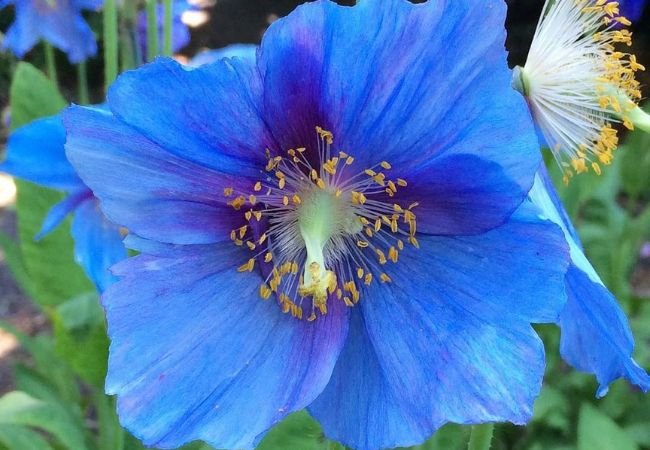
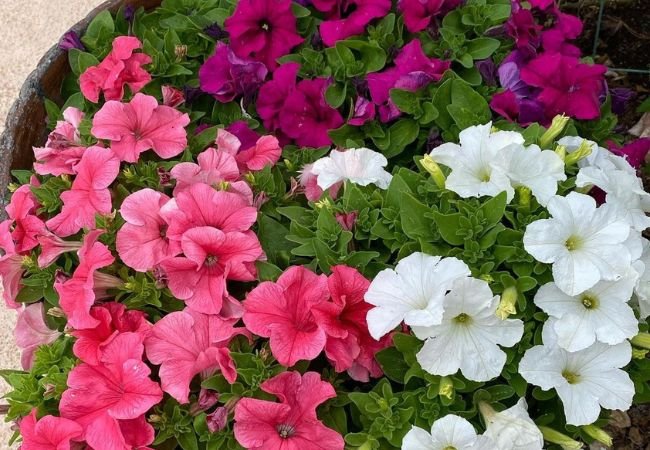
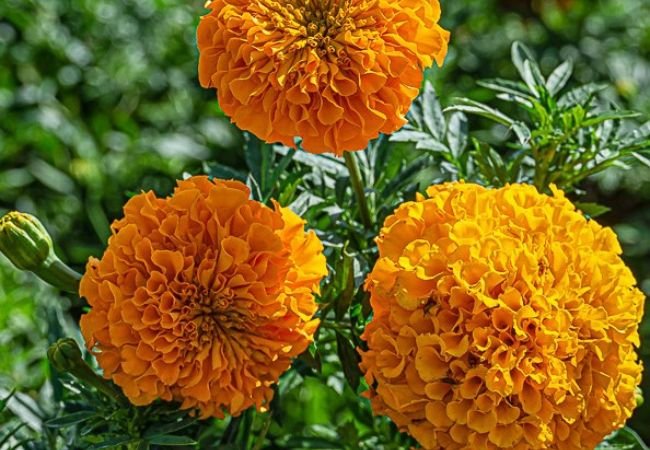
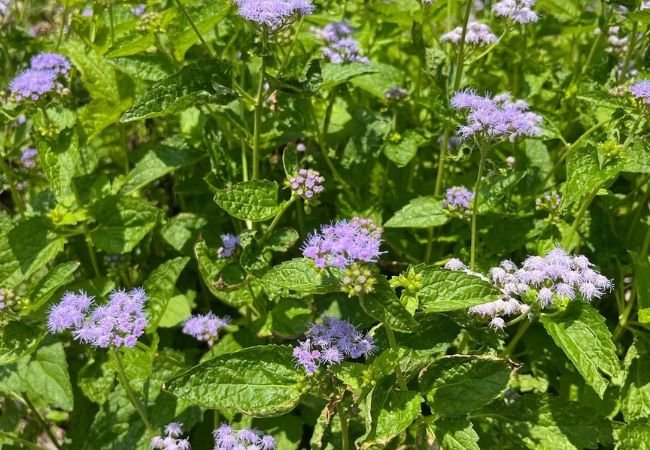
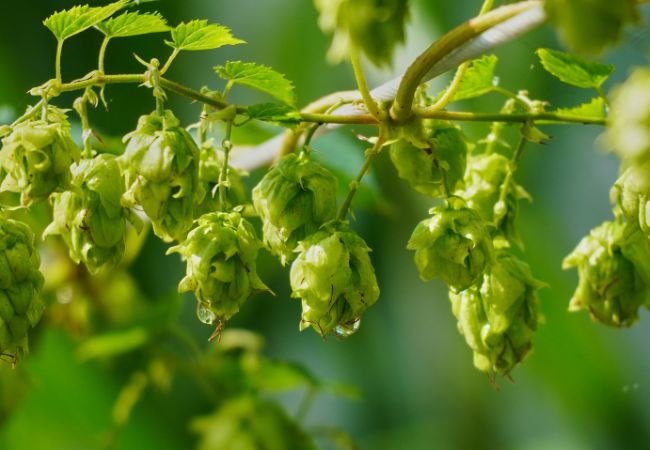
One Comment